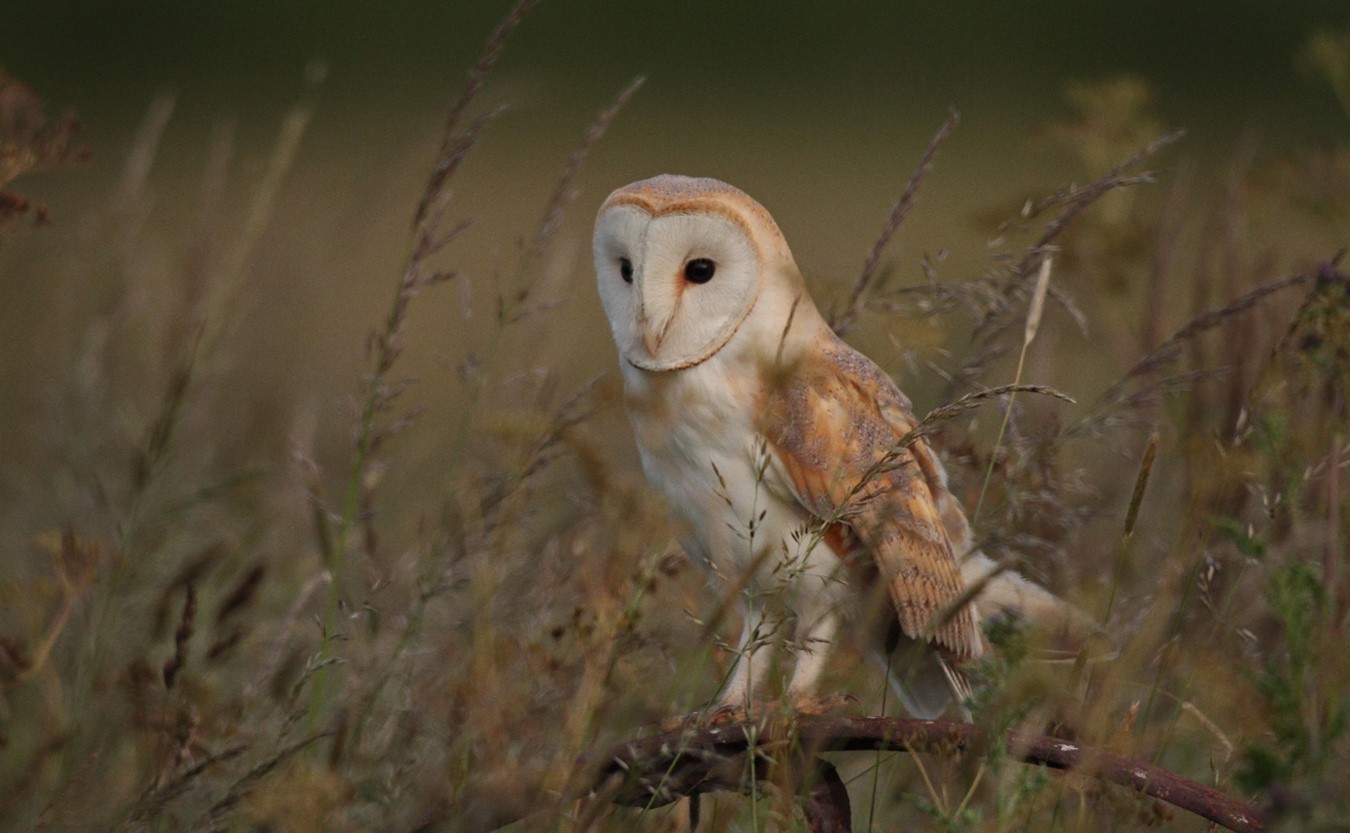This month’s Met Office climate theme is how climate science can help decision makers plan in a future, warmer climate.
As well as working closely across central government departments, we have recently partnered with The Wildlife Trusts (our corporate charity) to build better climate awareness into their decision making.
Groups of nature-enthusiastic Met Office volunteers are applying their expertise in a series of areas identified by The Wildlife Trusts as potential climate risk areas for British wildlife where they have struggled to access the right climate information.
These range from looking at how changing temperature and rainfall patterns are affecting barn owl nesting behaviours and sightings in Northern Ireland, right through to how warmer sea surface temperatures could lead to further explosions in the population of invasive Pacific oysters in Kent, competing native wildlife for space on the shoreline.
Other projects are identifying suitable Wildlife Trust (WT) sites for reintroduction of rare plant species in the future warmer climate, as well as identifying weather and climate indicators which can be used to optimise certain conservation activities, like hay-cutting periods or how vulnerable WT sites are to sea level rise. Ultimately this partnership hopes to help The Wildlife Trusts communicate what a future warmer climate might mean for wildlife.
Debbie Hemming, from the Met Office working on the science side of these projects, said: “The aim of these projects is to enable Met Office staff to volunteer their time and expertise to help The Wildlife Trusts support our wildlife now and in the future.” Kathryn Brown, Director of Climate Change and Evidence at The Wildlife Trusts, said: “We’re delighted to be The Met Office’s corporate charity partner of the year and these projects, done solely with volunteer time from our Met Office colleagues, will be fantastic exemplars for showing how cutting edge data can be used to help make decisions on the ground now, to help us better conserve our precious wildlife across the UK.”

The barn owl is one of the most distinctive countryside birds with a heart-shaped face and light feathers. Photo credit of the Ulster Wildlife.

Shoresearch surveys for the Pacific Oyster in Kent. Images courtesy of Kent Wildlife Trust.
Earlier this summer, Met Office Meteorologist and Presenter Clare Nasir spoke to Ali Morse, Water Policy Manager from The Wildlife Trusts about how the hottest June on record left some of our wildlife struggling in the heat (you can listen to the full interview on the Met Office Weather Snap podcast). podcast).
Plants that succumbed to the heat early in the year may have a shortened flowering season, reducing food for pollinators, and not producing fruit such as berries in the autumn, which is another vital food source for small mammals and birds.
During June 2023, a large number of fish were found dead in the River Cam in Cambridge and fishery officers saved thousands of fish in distress in the South East, due to hot weather impacting the water environment including the concentration of oxygen in watercourses. The Environment Agency’s response involved pumping air into rivers to restore dissolved oxygen levels.
Ali Morse, Water Policy Manager from the Wildlife Trust said: “What surprised me is that it’s happening so early in the year… seeing it now is really quite unusual.”
Climate change is expected to cause more intense downpours in summer which runs into rivers and can cause localised flooding downstream. One way The Wildlife Trusts are hoping to protect against flooding is by introducing more beavers across the UK.
Beavers build dams that hold water behind them, which spills over onto land and creates a miniature wetland: a fantastic habitat for species such as dragonflies, insects, fish and waterbirds. The re-introduction of beavers creating more wetland habitats acts as a sponge for heavy summer rainfall that can reduce flooding downstream, as well as topping up aquifers. Ali Morse added: “So one of the key ways that we can help to mitigate the effects of both flooding and droughts is to restore beavers to our landscape. And that’s something that The Wildlife Trusts are really keen to see in the future.”
As an organisation the Met Office is always looking for ways to make a positive difference to our environment and communities and these research projects are just one example of how we do this. Clare Frank, Met Office lead for the corporate charity partnership, said: “We are delighted to have been working with The Wildlife Trusts as our corporate charity for the past 10 months. Projects such as these really bring to life our corporate value to be a force for good. We are already seeing so many benefits from the partnership and I’m sure we will see more as these projects evolve.”


